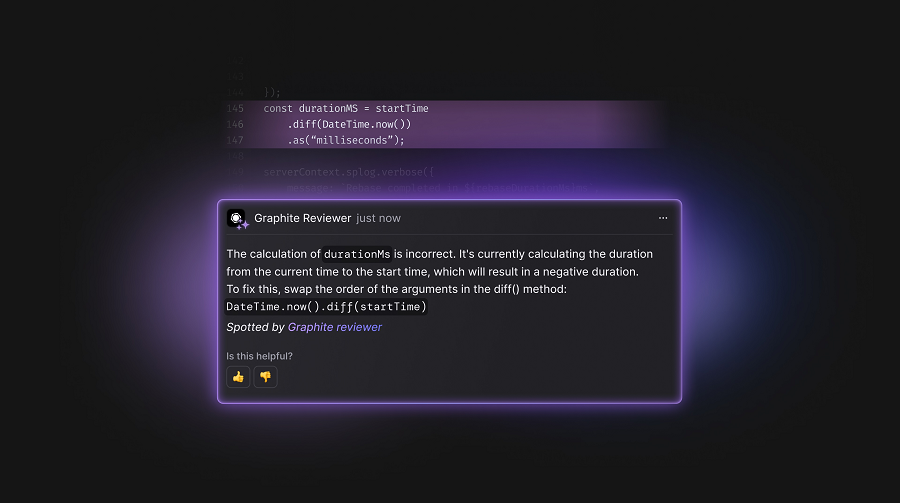In July, the Russian formula for multiplying its drones became known: it was called “refrigeration units” and came directly from Beijing. The surprise was not huge considering that Ukraine had already opened drones from Moscow and had confirmed the Chinese contribution to the war. It was sensed that the rapprochement between both nations was extensive. Now, a handful of leaked documents have shown that Russia not only sells weapons to China, it also teaches it how to use them.
A new axis. The publication of hundreds of documents leaked by the hacktivist group Black Moon has clearly revealed a scenario that until recently was intuited, but for which there was no such concrete evidence: Russia and China have woven a much deeper military cooperation than what their joint maneuvers or their public speeches show.
The files, analyzed by the Royal United Services Institute (RUSI) in London and also reviewed by media such as the Associated Press and The Washington Post, show signed agreements, material lists, delivery schedules and training programs that point to a central objective: preparing Chinese airborne forces for an eventual invasion of Taiwan.
Sale of Russian systems. According to the documents, Moscow promised to sell Beijing a complete batch of equipment for an airborne battalion: 37 BMD-4M amphibious assault vehicles, 11 Sprut-SDM1 self-propelled anti-tank guns, 11 BTR-MDM armored personnel carriers and several command and observation vehicles.
The contract, valued at more than 500 million dollars, also includes special parachute systems capable of launching loads of up to 190 kilos from altitudes of 8,000 meters, with a glide radius of up to 80 kilometers. This material, adapted to integrate Chinese software and communication systems, would allow special forces to penetrate enemy territory without having to directly enter their airspace.
Chinese technological leap. Beyond hardware, the agreements contemplate training given by Russian specialists both in Russia and China, in which tactics, procedures and command and control systems tested in real war scenarios are transferred.
For Beijing, this component is even more valuable than the armored vehicles themselves: Russia has decades of experience in airborne operations that China has not yet been able to accumulate. As the People’s Liberation Army hastily modernizes its arsenal with the goal of matching or surpassing the United States by 2050, it is turning to Moscow to fill a critical gap in doctrine and experience.


An island on the horizon. Analysts agree that the reinforcement of Chinese airborne capacity is aimed directly at Taiwan. The island’s invasion plans require not only a massive amphibious landing on its few beaches suitable for this, but also the rapid seizure of strategic infrastructure in the interior: airports, ports and logistics centers that allow the initial effort to be sustained in the face of a possible US intervention. To achieve this, Chinese military planners consider the deployment of small, elite units, well equipped and capable of infiltration by air, essential.
Russian experience in operations of this type is especially valuable. Although Moscow failed in February 2022 to attempt to seize Hostomel airport and open an airlift to kyiv, its tactics, even failed, offer concrete lessons about what should be avoided and what could be improved. China, which has never used its airborne forces in actual combat, can incorporate that learning without paying the cost in lives to Russia.


Taiwan Marine Corps Battalion
Exchange of interests. The alliance is not explained only by Chinese will. Russia also reaps crucial benefits. Burdened by sanctions and with a military-industrial complex stretched to the limit by the war in Ukraine, Moscow desperately needs financing and markets.
Becoming a supplier of equipment and know-how to Beijing ensures income while drawing China into a conflict that, if it broke out, would force the United States to divide its attention between Europe and the Indo-Pacific. For the Kremlin, distracting Washington is as valuable as selling an armored vehicle.
The “enemy” friend. If you will, the agreement also illustrates the asymmetry of the relationship: while China receives technology, doctrine and practical experience that it can quickly absorb and replicate (as it has already done with the Il-76 transport aircraft, transformed into its own Y-20), Russia obtains liquidity and geopolitical relevance. The risk for Moscow is that, in a few years, its partner will also surpass it in this area and it will be left without a card to play.
Impact on the region. There is no doubt, for Taiwan, the news is alarming. The transfer of airborne capabilities reinforces fears that a Chinese attack will combine precision bombing raids against air defenses with paratroop operations and rapid landings by armored vehicles at key points in the interior.
Taiwan’s own military exercises this year included drills to repel an air attack against the Taoyuan international airport, aware that Beijing could try to replicate a “D-Day” there with Asian characteristics.
And for Washington. The dimension of cooperation also worries the United States. The Pentagon’s efforts to redirect resources towards the Indo-Pacific, without abandoning the European front, become more complicated in the face of evidence that Russia and China already act as an almost indivisible bloc. RUSI’s Jack Watling sums it up: “The Russians have become enablers for the Chinese, and that makes their security challenges almost impossible to separate.”

A puzzle. If you also want, what emerges from these leaks is not a simple arms contract, but the skeleton of an interoperability that can alter the military balance in the Asia-Pacific. China receives a crash course in airborne warfare from a Russian textbook, and Russia gains funding and the hope of forcing the United States to fight on two fronts.
In this equation, Taiwan appears increasingly vulnerable, and the horizon of 2027 as the date set for its possible invasion stops seeming like a hypothetical scenario and becomes an accelerating calendar.
Imagen | Eric Kanalstein / Flickr (CC BY-NC-ND 2.0), Picryl, Presidential Palace
In WorldOfSoftware | Ukraine’s largest attack on Russian soil revealed a new drone threat. China has just accidentally multiplied it
In WorldOfSoftware | Ukraine has opened Russia’s last drone and is amazed: it is the first time China has done something like this












